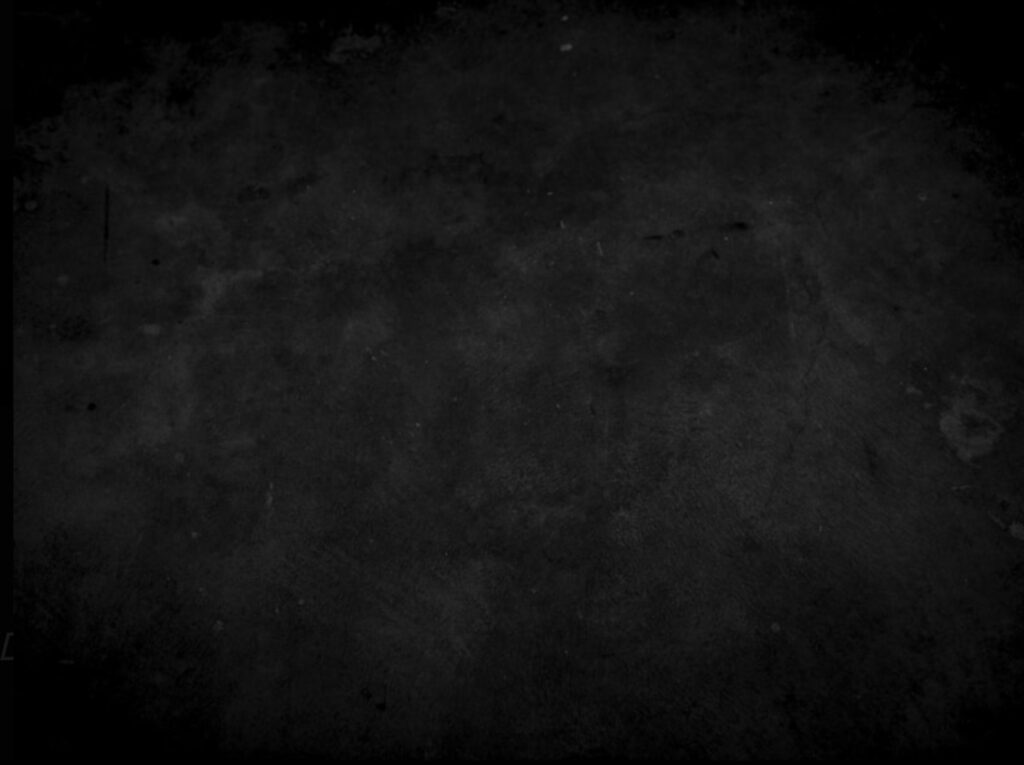In 1951, Salvador Dalí created what many consider his greatest religious masterpiece: “Christ of Saint John of the Cross.” Emerging from a cosmic dream, this extraordinary painting forever changed how the world perceives the crucifixion. More than seven decades later, it remains one of the most admired religious artworks of the modern era.
The Saint’s Sketch That Changed Everything
While Dalí’s dream provided the initial spark, the painting’s unique perspective came from an unexpected source: a simple sketch by 16th-century Spanish mystic Saint John of the Cross. The saint had drawn his vision of Christ on a scrap of paper, depicting the crucifixion from an elevated, almost aerial viewpoint. When Dalí encountered this modest drawing, he recognized it as the perfect visual expression of his own mystical experience.
This convergence of two Spanish visionaries separated by four centuries would produce one of art history’s most striking religious images.
Meticulous Creation Meets Divine Inspiration
Dalí’s commitment to perfection extended beyond spiritual vision to scientific precision. To achieve anatomical accuracy, he employed a Hollywood stuntman as his model, suspending him on a cross-like structure to study every muscle and contour. Dalí even consulted with medical professionals to ensure the physiological correctness of Christ’s crucified form.
This dedication to realism, combined with his surrealist sensibilities, created a work that bridges the earthly and the divine with remarkable effectiveness.
A Revolutionary Perspective
The finished painting presents Christ suspended on a dark cross, floating above the tranquil waters of Port Lligat, Dalí’s beloved Catalonian home. The viewer looks down upon Christ from above what art historians call “God’s perspective,” creating an experience both intimate and cosmic.
Unlike traditional crucifixion scenes filled with blood, thorns, and visible suffering, Dalí’s Christ appears serene and idealized. His head bows toward the earth below, where two fishermen go about their daily work, oblivious to the divine presence above. This juxtaposition of the sacred and mundane reflects Dalí’s belief that the divine permeates everyday existence.
Controversy and Triumph
When “Christ of Saint John of the Cross” debuted, it ignited fierce debate. Religious traditionalists criticized its departure from conventional crucifixion imagery, while some dismissed it as sentimental or theatrical. The Glasgow Museums’ decision to purchase the painting for £8,200, a substantial sum in 1952, sparked public outcry over spending public funds on controversial modern art.
Yet time has vindicated both Dalí’s vision and the museum’s investment. The painting has become one of the most beloved artworks in the United Kingdom, drawing countless visitors to Glasgow’s Kelvingrove Art Gallery and Museum. What once seemed shocking now appears prophetic, a work that transcended its era to speak to universal human yearnings.
The Spiritual Mathematics of Redemption
Dalí’s composition reveals sophisticated theological and geometric thinking. Christ’s body forms a triangle with the cross, symbolizing the Trinity, while his downward gaze creates a visual bridge between heaven and earth. The painting’s two-part structure, the divine realm above and the human world below, reflects Christian belief in Christ’s dual nature as both God and man.
The peaceful landscape below, populated by fishermen reminiscent of Christ’s disciples, suggests that redemption extends to all humanity, transforming ordinary life with sacred meaning.
Legacy of a Mystical Masterpiece
In an age of spiritual seeking and artistic innovation, Dalí’s cosmic Christ proves that great art can touch eternity. The painting offers a glimpse of the divine through the eyes of a dreamer who dared to see the crucifixion from heaven’s perspective, leaving a timeless testament to vision and faith.
